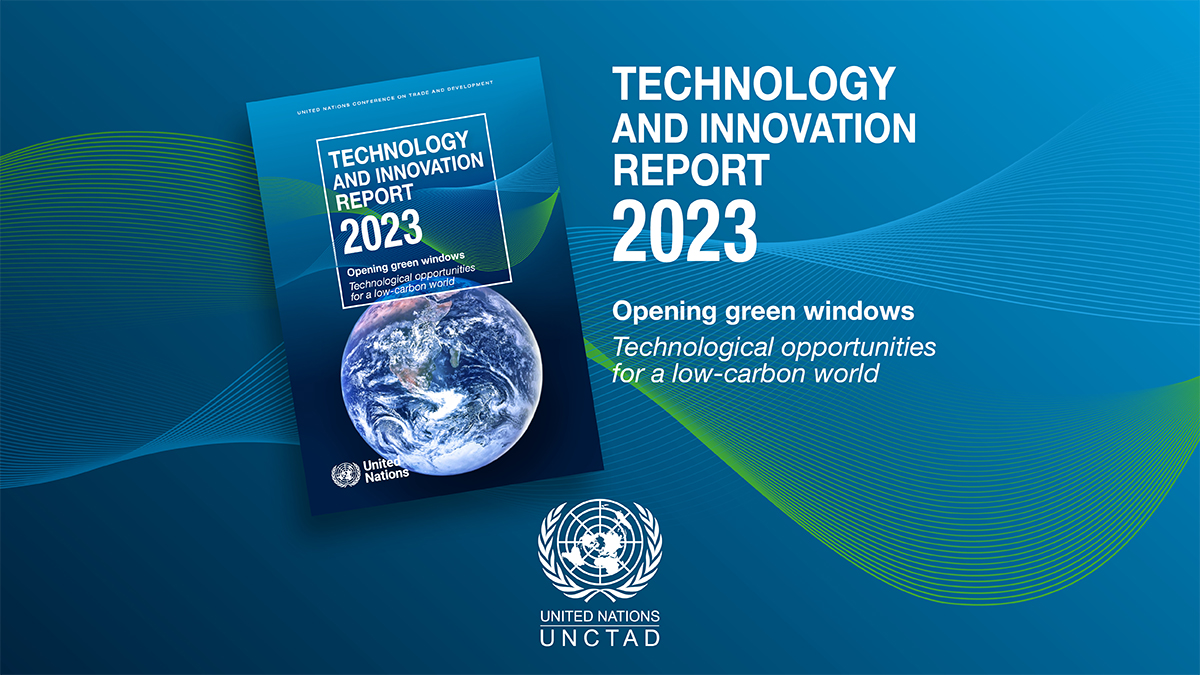According to the recent Technological Readiness Index data released by the United Nations Conference on Trade and Development (UNCTAD), it has become evident that certain countries are significantly more prepared than others to embrace and leverage the potential of frontier technologies. These advanced technologies will play a pivotal role in facilitating the global transition towards sustainable and green technologies, which are essential for addressing the pressing environmental challenges we face today.
UNCTAD’s comprehensive ranking, which assessed 166 countries worldwide, was based on five key indicators: Information and Communication Technology (ICT), Skills, Industry, Research and Development (R&D), and Finance. By analyzing and evaluating these indicators, UNCTAD determined the readiness of each country to embark on the journey of utilizing frontier technologies to their full potential. The final score on the ranking map was derived by aggregating the individual ranks achieved in each indicator. To illustrate this, let’s take the example of the United States, which secured an impressive total score of 49. This score was a result of their second-place ranking in R&D, eleventh place in ICT, eighteenth place in skills, sixteenth place in industry, and second place in finance.
On the other end of the spectrum, we find Guinea, the Democratic Republic of the Congo, the Gambia, Guinea-Bissau, and South Sudan, ranking at the bottom of the list. These countries faced significant challenges across all five categories, indicating a lack of technological readiness. The disparity between high-income and low-income countries is particularly striking, as depicted in the accompanying chart. Latin America, the Caribbean, and sub-Saharan Africa emerged as regions with the lowest levels of technological readiness. Unfortunately, this puts them at a substantial disadvantage, making it more difficult for them to capitalize on the current technological prospects and advancements.

Interestingly, China, known for its manufacturing prowess and innovative capabilities, did not secure a higher position as one might have anticipated. Instead, China was placed at the 35th spot in the ranking. This outcome can be attributed to the disparities in internet coverage and broadband speed between urban and rural areas within the country. Among the other BRICS group members, Brazil, India, and South Africa obtained respective positions of 40, 46, and 56.
However, there were a few pleasant surprises within the rankings for certain Asian nations. Vietnam, the Philippines, and India performed better than expected, securing positions of 45th, 57th, and 55th, respectively. India, in particular, exceeded expectations by ranking 67 places higher than predicted based solely on its per capita income. This significant improvement can be attributed to increased investments in infrastructure, enhanced technical skills, and a favorable business climate, as noted by analysts at UNCTAD.
In conclusion, the UNCTAD’s ranking of the most prepared countries to adopt frontier technologies serves as a valuable tool in understanding the global landscape of technological readiness. While certain nations have positioned themselves as frontrunners in this domain, others face notable challenges. It is crucial for policymakers and stakeholders to acknowledge these disparities and take proactive measures to bridge the gap, ensuring equitable access to the benefits offered by frontier technologies. By prioritizing investments in infrastructure, education, research, and fostering favorable business environments, countries can strive towards technological readiness and drive sustainable development in an increasingly digital and interconnected world.
According to Shamika N. Sirimanne, the director of UNCTAD’s technology and logistics division, strong government efforts are needed in developing countries to benefit from the green tech revolution. She emphasizes the importance of proactive industrial, innovation, and energy policies that specifically target green technologies. These policies are essential for sustainable economic growth and increasing resilience to future crises.
UNCTAD recommends that governments in developing countries align their environmental, science, technology, innovation, and industrial policies. They should prioritize investments in greener and more complex sectors, incentivize the shift in consumer demand towards greener goods, and increase investment in research and development.
Furthermore, developing countries should focus on boosting technical skills and scaling up investments in ICT infrastructure, bridging the connectivity gaps between small and large firms, as well as urban and rural regions. Additionally, an enabling international trading environment is crucial for the success of domestic policies.
Technological Readiness Index

However, developing countries cannot achieve the full potential of green technologies on their own. Global cooperation through international trade is necessary, and existing trade rules should be reformed to align with the goals of the Paris Agreement. UNCTAD suggests that international trade rules should allow developing countries to protect emerging green industries through tariffs, subsidies, and public procurement, enabling them to meet local demand and achieve economies of scale for exports.
International support for transferring green technologies to developing countries is vital. The report proposes applying principles similar to those used during the COVID-19 pandemic, where some countries were allowed to produce and supply vaccines without the patent holder’s consent. This approach would grant manufacturers in developing countries quicker access to key green technologies.
Flexibility in international trade and intellectual property rules is recommended to facilitate the implementation of industrial and innovation policies that nurture nascent industries in developing countries, thereby allowing new green technology sectors to emerge.
The report also calls for an international program guaranteeing the purchase of tradable green items, coordinated multinational research on green technology, increased support for regional centers of excellence in green technologies and innovation, and the establishment of a multilateral fund to stimulate green innovations and enhance cooperation between countries.
Source: statista and UNCTAD
